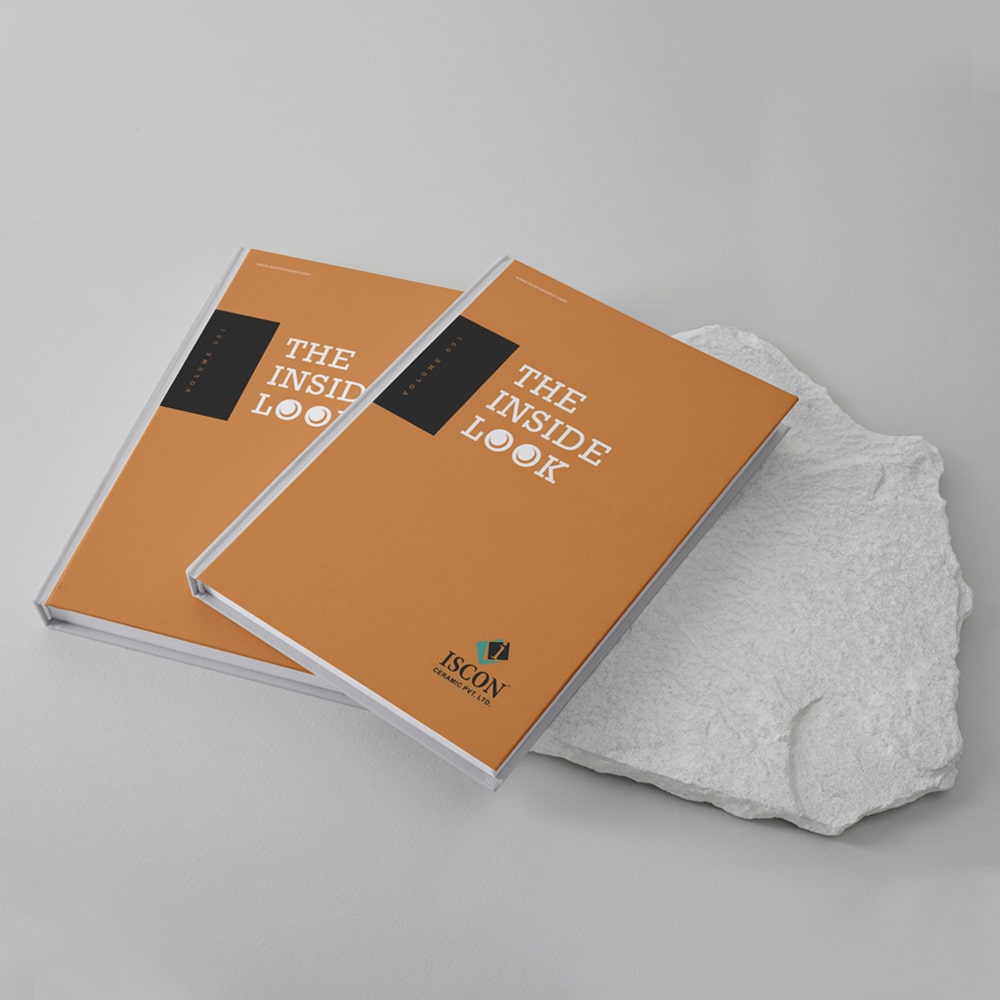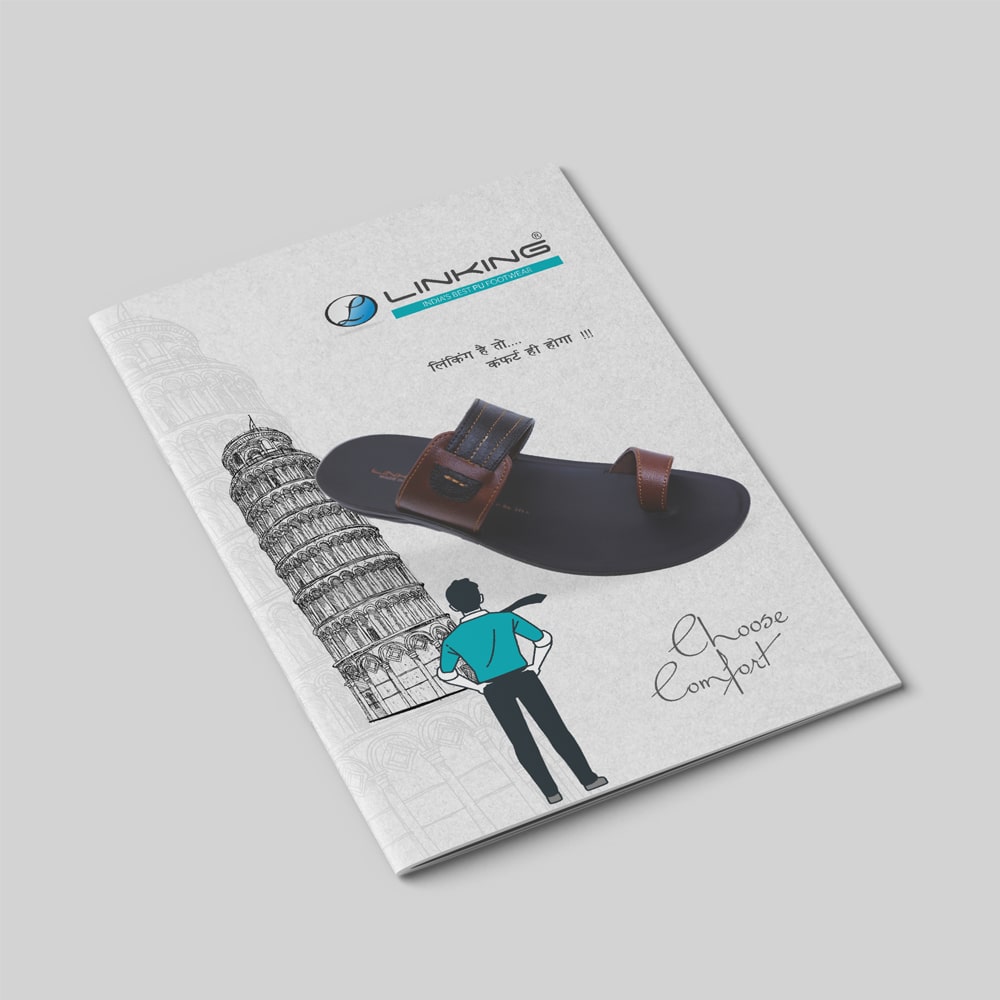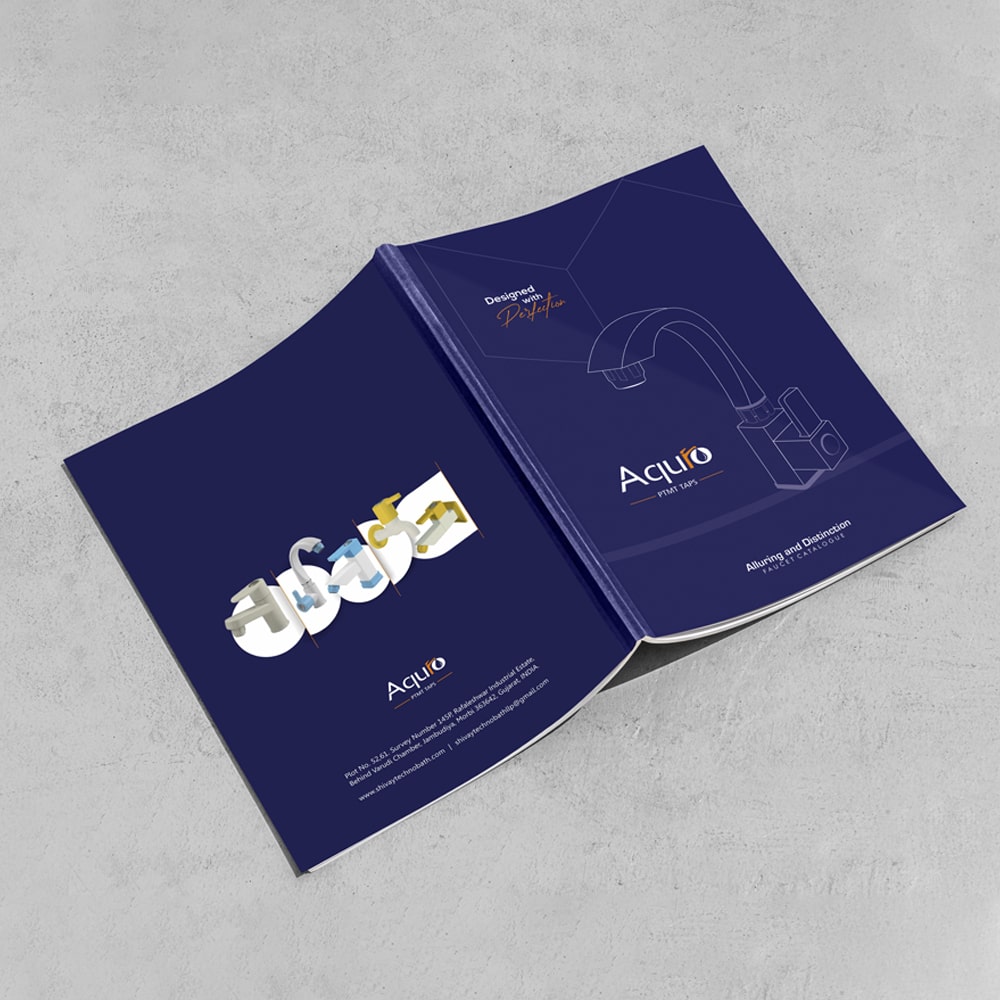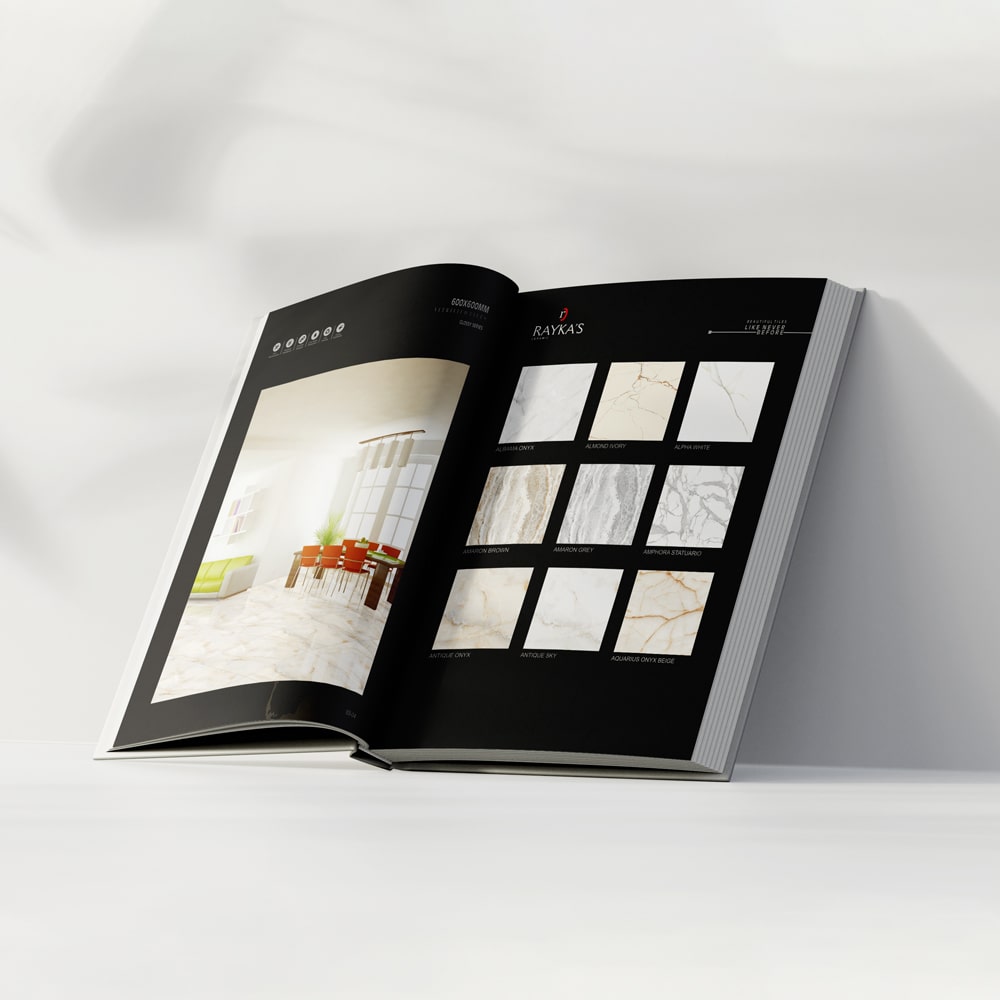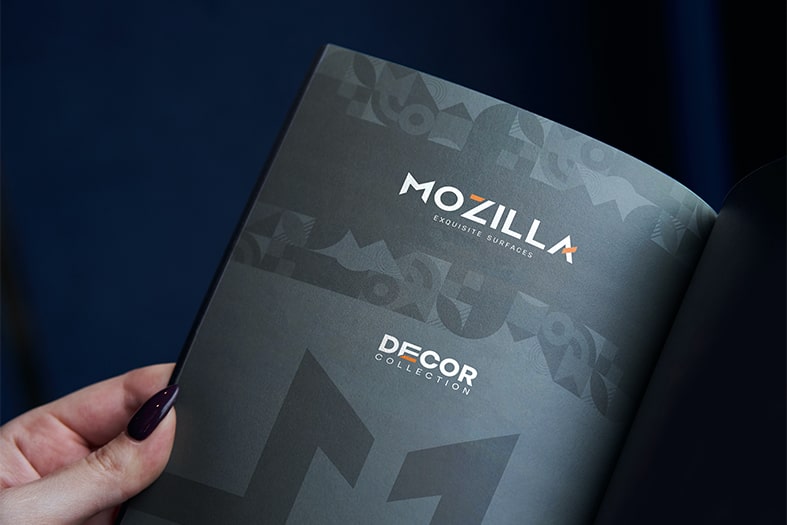

Ceramic catalogue creation involves designing and compiling a comprehensive collection of ceramic products, showcasing their specifications, designs, and applications.
- 1.Capture Every Detail: Ceramic Catalogue Excellence.
- 2.Crafting Ceramic Stories, One Page at a Time.

Ceramic catalogue creation is crucial for effectively showcasing products, providing detailed information, and engaging customers with compelling visuals
Catalogues ensure consistent branding across all product lines, reinforcing brand identity, values, and messaging, which strengthens brand recognition and loyalty among customers.
By providing comprehensive product information and inspiring design ideas, a ceramic catalogue can stimulate interest, encourage exploration, and ultimately drive sales by facilitating informed and confident purchasing decisions.
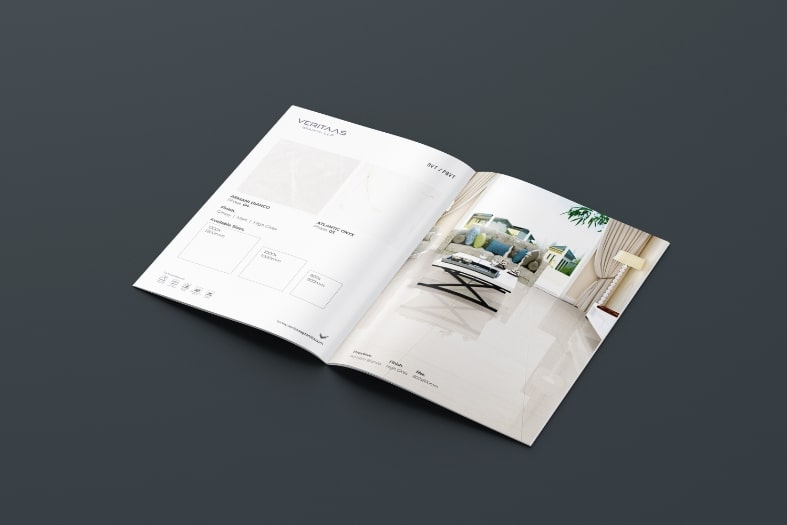
1. Strategic Planning
Develop a clear strategy outlining the catalogue's purpose, target audience, and key objectives to ensure alignment with business goals and market needs.
2. Creative Design
Implement visually appealing layouts, graphics, and typography that effectively showcase ceramic products while maintaining consistency with the brand's aesthetic and identity.
3. Comprehensive Content
Provide detailed and accurate product descriptions, specifications, and imagery to inform and inspire customers, helping them make informed purchasing decisions.
4. Quality Production
Utilize high-quality materials, printing techniques, and finishing options to produce catalogues that are durable, professional-looking, and reflective of the brand's commitment to excellence.
5. Effective Distribution.
Implement a strategic distribution plan to reach the target audience through both traditional and digital channels, maximizing exposure and engagement with the catalogue.
6. Continuous Improvement
Collect feedback, analyze performance metrics, and stay updated on industry trends to continuously refine and enhance the catalogue creation process, ensuring relevance and effectiveness over time.
that provides specific Portfolio.






